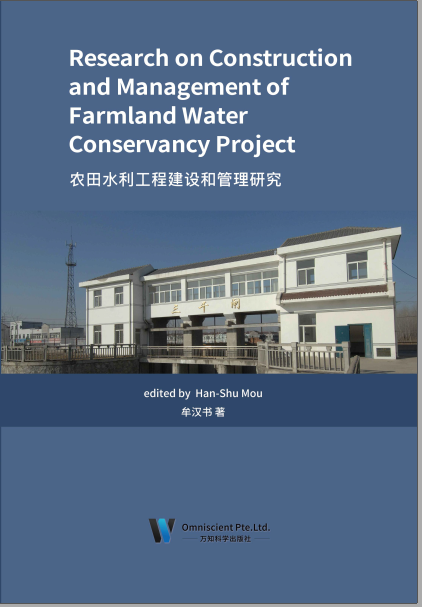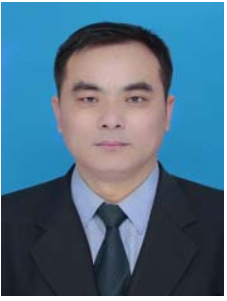
Preface
China’s basic national conditions and water regime are that there are more people and less water. The spatial and temporal distribution of water resources is uneven. Since the founding of new China, especially since the reform and opening up, the state has attached great importance to water conservancy work. Great achievements have been made in water conservancy construction, which has made great contributions to economic and social development and people’s living and working in peace and contentment. However, the shortage of water resources in China is still very serious, and the lag of farmland and water conservancy construction is still the biggest hard injury affecting the stable development of agriculture and national food security. There are various types, forms, functions and regional characteristics of farmland and water conservancy infrastructure. Therefore, it is necessary to collect all kinds of small-scale farmland water diversion projects and famous small-scale irrigation and drainage facilities in production practice, so that the majority of grass-roots technical personnel can choose the corresponding cases and legends for optimal design according to local conditions.
This book mainly from two aspects of writing, describes the basic knowledge and concepts of farmland water conservancy, and then analyzes and studies the existing problems of farmland water conservancy, and then puts forward relevant management measures, and expounds the construction and management of farmland water conservancy projects in detail. This requires our country to pay attention to the farmland water conservancy project, cultivate the relevant technical personnel and comprehensive quality, lay the foundation for the smooth development of the construction of the water conservancy project, and promote the economic development and progress of our country.
Due to the lack of experience of the editor, it is inevitable that there are mistakes and defects in the book. Readers are eager to criticize and correct them.
前 言
我国的基本国情、水情是人多水少。水资源时空分布不均。新中国成立以来,特别是改革开放以来, 国家高度重视水利工作, 水利建设取得举世瞩目的巨大成就,为经济社会发展,人民安居乐业作出了重大贡献。但是,我国的水资源短缺形势仍然十分严峻,农田水利建设滞后仍然是影响农业稳定发展和国家粮食安全的最大硬伤。农田水利基础设施种类繁多、形式多样,功能各异,地区特色差异较大。因此,有必要汇集生产实践中存在的各类小型农田引水工程和名类小型灌联排水设施,以供广大基层技术人员因地制宜,选择相应的案例和图例进行优化设计。
本书主要从两方面进行写作,阐述了农田水利的基本知识和概念,然后对农田水利现有问题进行分析和研究进而提出相关管理措施,对农田水利工程的建设和管理进行了详细的阐述。这就要求我国对农田水利工程加以重视,培养相关技术人才和综合素质, 为农田水利工程的建设顺利开展打下基础, 促进我国经济发展和进步。
由于编者经验不足,书中的错误和不妥之处在所难免,恳请读者批评指正。

Han-Shu Mou, male, the Han nationality, CPC member, senior engineer, bachelor’s degree of engineering in Yangzhou University, master’s degree of engineering in Hohai University, born in December 1970. He is now the director of Huai’an Water Ecological Construction Service Center. He published a number of scientific and technological papers, undertook the research on provincial science and technology projects, innovated and established the organizational structure system of Huai’an City, county, township and village level river (Lake) leaders, synchronous implementation mechanism of “three long one” of river chief system, lake chief system and section chief system, and initiated the coordination and promotion mechanism of “one river chief and two assistants”. He has made innovative contributions in the fields of water project management, law enforcement, water ecological protection, river and lake chief system construction.
牟汉书,男,汉族, 1970 年 12 月生,中共党员,高级工程师,扬州大学工学学士,河海大学工程硕士,现任淮安市水生态建设服务中心主任。发表多篇科技论文,承担省科技项目研究,创新建立淮安市、县、乡、村四级河(湖)长组织架构体系制度,河长制、湖长制、断面长制“三长一体”同步实施机制,首创“一河长两助理”协调推进机制等。在水工程管理、执法、水生态保护、河湖长制建设等领域有创新性贡献。